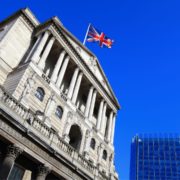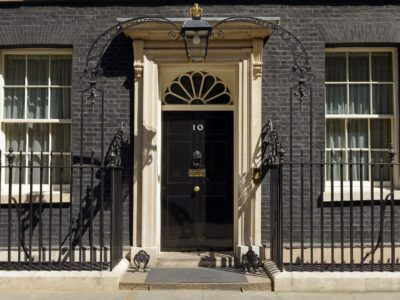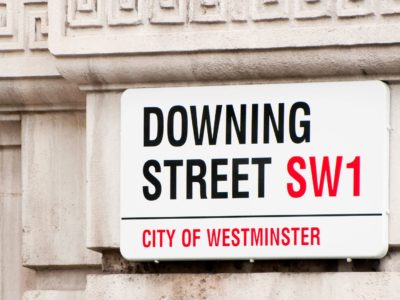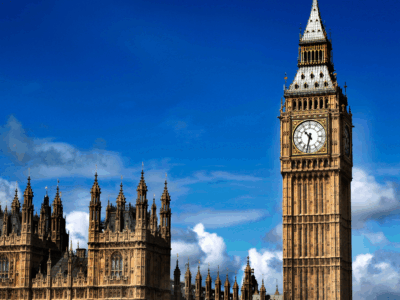House price growth picked up in December 2019, accelerating to its fastest pace since late 2018, according to new data by the Office for National Statistics (ONS).
Prices for all dwellings grew 2.2 per cent on a year-on-year basis in December, having accelerated from just 0.7 per cent in July last year. The ONS commented that there had been a marked slowdown in the housing market since mid-2016, but recent data suggested a pickup was underway.
As a result, homes were worth an average price of £234,742 in December 2019, the highest price level seen in nominal terms.
Wages continue to outpace house prices
Despite the apparent bounce-back of house prices since the summer, the ONS also revealed last week that wages were continuing to outpace the growth in house prices.
The ONS estimated that while house prices grew at 2.2 per cent in December, nominal average earnings in Great Britain grew by 3.2 per cent year-on-year during the same month.
As a result, affordability continued to improve for prospective buyers, as their pay packets continued to stay slightly ahead of price rises.
This was particularly evident, when Nationwide revealed that its first-time buyer house price to earnings ratio had dropped from 5.05 in the third quarter of 2019 to 4.98 in the final quarter. The ratio originally peaked several years before, with prices being 5.25 times average earnings in mid-2016.
Last month, Savills reported that the London housing market became more affordable, as price growth was lower than the national average, while wages grew much faster.
Foundation’s public land concerns
Amid signs of increasing affordability for housing for those in work across the country, the New Economics Foundation (NEF) voiced concerns about the sale of public land, and the low supply of homes for social rent available, despite government pledges to boost the supply of affordable housing.
Hanna Wheatley, senior researcher at the NEF, explained: “For the last two years, the government has resisted capturing and publishing data on how much affordable housing is being built on public land. Instead, the NEF has done their homework for them, showing how little public land is being used to solve the housing crisis.”
The NEF originally estimated just six per cent of homes built on land sold under the government’s flagship public land disposal scheme were actually for social rent, but further analysis of data, following a Freedom of Information request from the MHCLG, suggested that the figure was actually closer to just three per cent.
Ms Wheatley added: “What it reveals is appalling. The availability and price of land is at the heart of the housing affordability crisis – the more we sell off public land to build luxury apartments, the worse the housing crisis gets…Public land should be used for public benefit, not sold to build unaffordable private homes, and the struggle is far from over.”























Comments